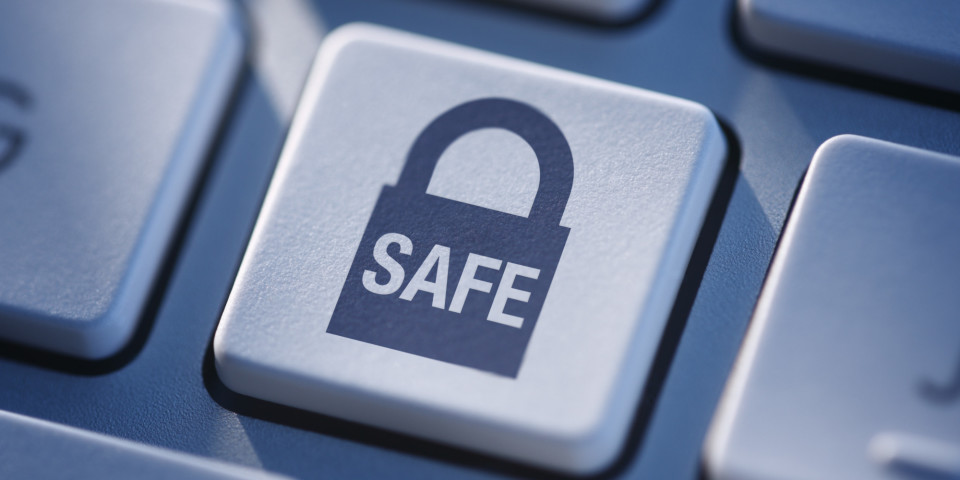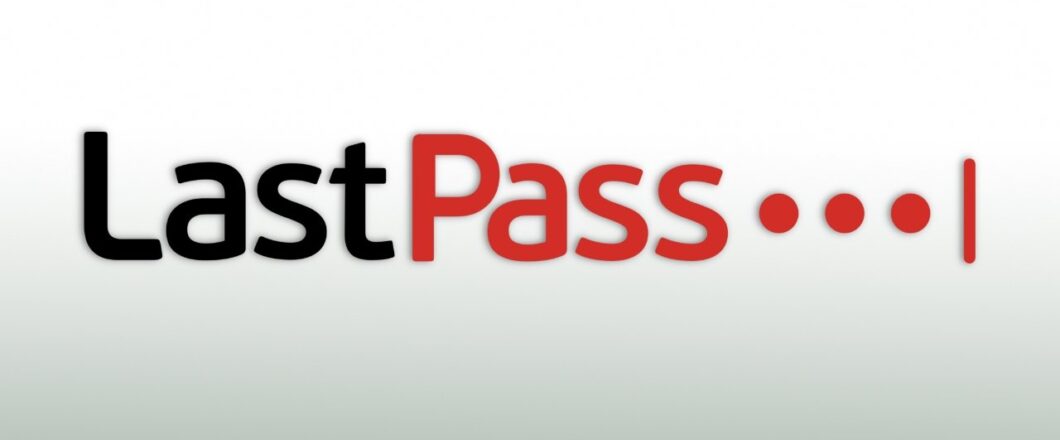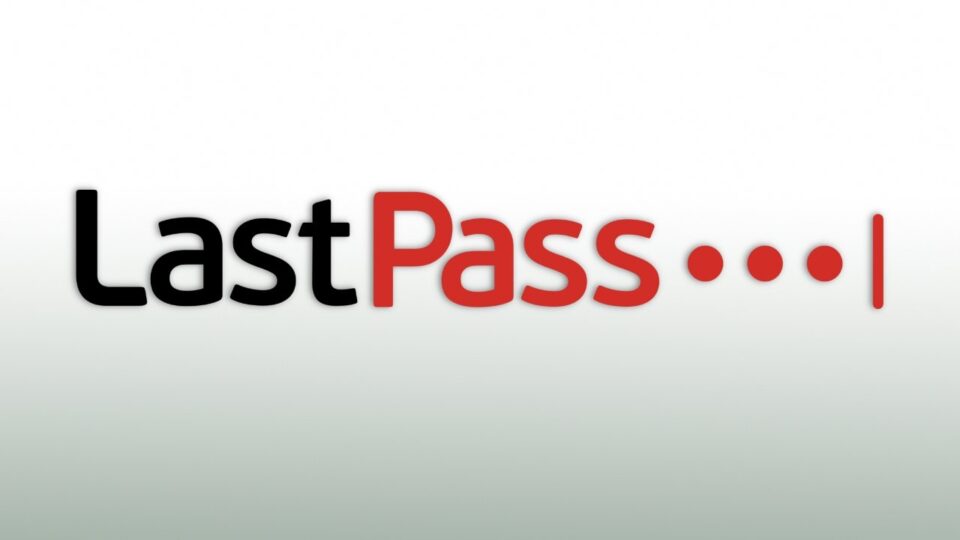
We all use search engines on a daily basis – with Google being the most popular choice – and, to be honest, we probably take them for granted in terms of security. However, the FBI is now warning that search engine results may represent a significant threat to the security of your PC. As with most security threats, this new technique relies on deception; in this instance, the threat actors are harnessing the power of search engine advertisements.
Due to our reliance on search engines, it’s important we understand the nature of this latest threat. And, to help you protect your IT infrastructure, we’re going to take you through the basics of this attack.
Malware by Advertising
Whenever you put a search request into, for example, Google, you will receive a long list of search results. The higher a result is, the more clicks it’s likely to get from people searching for that term. Search engines understand the importance of ranking high in their results and, therefore, they make it possible for people to pay to advertise at the very top of the search results. These advertisements look almost identical to the organic search results, with only a small “Ad” tag next to them. Accordingly, these can easily be mistaken for organic search results.
Despite many of these advertisements being legitimate, and merely paying to skip to the top of the search results page, the FBI has discovered many of these advertisements are linked to malware. Threat actors are purchasing advertising space which appears to be for genuine companies, such as finance platforms, and using very similar URLs to tempt people into clicking their link. However, these links are simply a way to redirect people to sites looking to distribute malware. Worse still, the advertisements used will often display a URL to a genuine site, but redirect you to an altogether different site.
Stay Safe from Fake Ads
The last thing you want to do is fall victim to a fake ad, after all you may simply be searching for somewhere to go and have lunch. Therefore, it pays to stay safe and know how to protect yourself from fake search engine ads. You can do this by practicing the following:
- Check that top result: remember, it’s important you know what you’re clicking on, so make sure you double check any results at the top of Google. While, for example, it may look like a search result for Bank of America, the actual URL within the result may be slightly different e.g bank0famerica.com. And, if you click on it, you could quickly find yourself on a malicious site.
- Always hover: the simplest way to determine the true destination of a link within search engine results is by hovering your mouse cursor over it. This will bring up a pop-up message which displays exactly where the link is going to take you.
- Block Google ads: it’s possible to block Google ads from appearing in the search engine results page, all you have to do is install an ad-blocker such as Blockzilla. These apps filter incoming web pages – including search engines – and ensure any intrusive ads or promoted posts are blocked.
For more ways to secure and optimize your business technology, contact your local IT professionals.
Read More












